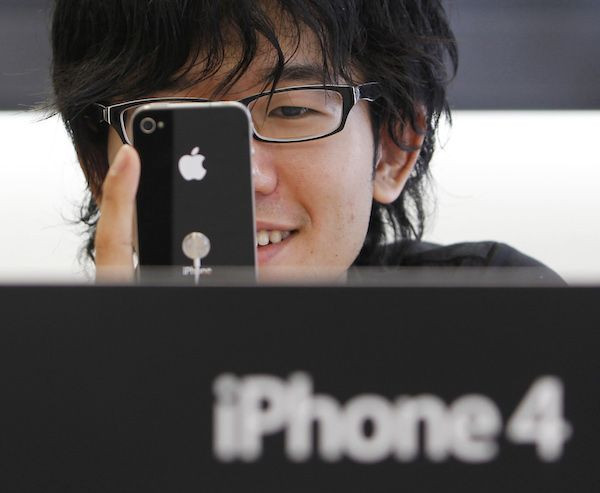iPhone 8 Hardware To Include Stainless Steel Enclosure Like iPhone 4

New details about the upcoming iPhone 8 point toward a next-generation flagship device that revives the iPhone 4’s design. There is also new information about the handset’s camera, and it corroborates recent reports of a vertically-aligned dual-camera module.
On Monday, Mac Otakara outed some details about the rumored “iPhone Edition,” which is also referred to as iPhone 8 by many technology news sites and analysts. According to the Japanese blog, Tim Cook’s company is adopting a familiar design that makes use of a stainless steel frame to hold together the front and back glass panels of the upcoming iPhone. The enclosure is going to be sandwiched by the glass plates, just like what Apple did to its 2010 edition smartphone.
The blog also indicated that the next-generation iPhone will come with flat OLED display and with 2.5D cover glass on the edges. The slight curvature on the edges would give it distinction from the design Apple adopted for the iPhone 4. The design is said to have already made it through the tech giant’s engineering verification testing (EVT) process, so it’s very likely for the 10th anniversary iPhone to debut with the glass sandwiched hardware.
READ: Is Apple ditching iPhone 8 display-embedded Touch ID?
Interestingly, Apple intends to improve the stainless steel frame for the upcoming iPhone. So unlike the iPhone 4, the company is working on an improved version of the enclosure utilizing the technology it is using with its Apple Watch smartwatches. However, it wasn’t made clear if the steel chassis would be polished or would come with matte finish, as pointed out by Apple Insider.
Another feature that is expected to launch with the iPhone 8 is a more advanced dual-camera module. A recently leaked diagram actually shows the module to be vertically aligned. Reports are already spreading the word about the vertically-aligned iSight Duo camera on the back of the next iPhone. According to MacRumors, the reason behind the vertical lenses is in order for the module to be positioned horizontally when the handset is used in a VR headset.
Lastly, the iPhone 7s and the iPhone 7s Plus that are expected to debut alongside the iPhone 8 are now reportedly sporting thicker bodies than their predecessors. This would mean that the cases for the iPhone 7 and iPhone 7 Plus won’t fit them.
© Copyright IBTimes 2025. All rights reserved.



















